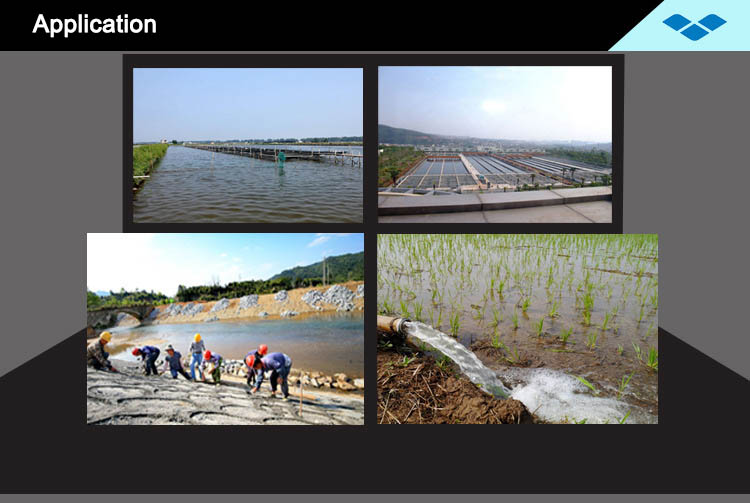Ukrainian
- Afrikaans
- Albanian
- Amharic
- Arabic
- Armenian
- Azerbaijani
- Basque
- Belarusian
- Bengali
- Bosnian
- Bulgarian
- Catalan
- Cebuano
- Corsican
- Croatian
- Czech
- Danish
- Dutch
- English
- Esperanto
- Estonian
- Finnish
- French
- Frisian
- Galician
- Georgian
- German
- Greek
- Gujarati
- Haitian Creole
- hausa
- hawaiian
- Hebrew
- Hindi
- Miao
- Hungarian
- Icelandic
- igbo
- Indonesian
- irish
- Italian
- Japanese
- Javanese
- Kannada
- kazakh
- Khmer
- Rwandese
- Korean
- Kurdish
- Kyrgyz
- Lao
- Latin
- Latvian
- Lithuanian
- Luxembourgish
- Macedonian
- Malgashi
- Malay
- Malayalam
- Maltese
- Maori
- Marathi
- Mongolian
- Myanmar
- Nepali
- Norwegian
- Norwegian
- Occitan
- Pashto
- Persian
- Polish
- Portuguese
- Punjabi
- Romanian
- Russian
- Samoan
- Scottish Gaelic
- Serbian
- Sesotho
- Shona
- Sindhi
- Sinhala
- Slovak
- Slovenian
- Somali
- Spanish
- Sundanese
- Swahili
- Swedish
- Tagalog
- Tajik
- Tamil
- Tatar
- Telugu
- Thai
- Turkish
- Turkmen
- Ukrainian
- Urdu
- Uighur
- Uzbek
- Vietnamese
- Welsh
- Bantu
- Yiddish
- Yoruba
- Zulu
Telephone: +86 13120555503
Email: frank@cypump.com
Сер . 01, 2024 02:46 Back to list
Types and Applications of Slurry Pumps for Various Industrial Processes and Operations
Types of Slurry Pumps
Slurry pumps are specialized centrifugal pumps designed to handle slurries—mixtures of solids and liquids, such as mud, sludges, and other viscous materials. They are widely used in various industries, including mining, construction, wastewater treatment, and chemical processing. Given the challenging nature of slurry transport, the design and operation of these pumps are critical to ensure efficiency and reliability. This article will explore the different types of slurry pumps and their applications.
1. Horizontal Slurry Pumps
Horizontal slurry pumps are the most commonly used type in the industry. They have a horizontal orientation, which allows for easy maintenance and installation. These pumps are typically used for transporting slurries over long distances and are often found in mining operations for handling mined ore, tailings, or other heavy materials. The design of horizontal slurry pumps generally includes a volute casing that aids in reducing hydraulic wear and optimizing the slurry flow.
2. Vertical Slurry Pumps
Unlike horizontal pumps, vertical slurry pumps are oriented vertically and are commonly used in applications where space is limited. These pumps are particularly well-suited for pumping slurries from sumps or pits, as they can be submerged in the slurry itself without requiring a long suction line. Vertical slurry pumps often feature a cantilevered design that allows them to operate in harsh environments without needing a mechanical seal. They are prevalent in applications such as wastewater treatment and mining.
3
. Submersible Slurry Pumpstypes of slurry pumps

Submersible slurry pumps are designed specifically for submerged applications where the pump is submerged in the liquid being pumped. These pumps are highly efficient and effective for transferring slurries in dredging and dewatering operations. Their seal-less design prevents leakage, making them ideal for handling hazardous materials. Commonly used in construction sites, industrial dewatering, and sewage treatment facilities, submersible slurry pumps are very versatile and reliable when dealing with heavy-duty applications.
4. Peristaltic Slurry Pumps
Peristaltic slurry pumps operate on a different principle compared to traditional centrifugal pumps. They utilize a rotating roller that compresses a hose or tube, creating a vacuum that draws in the slurry and pushes it through the outlet. This type of pump is particularly effective for slurries with a high solids concentration and is known for its ability to handle abrasive materials without significant wear. Peristaltic pumps are commonly used in the chemical, food processing, and waste management industries.
5. Piston Slurry Pumps
Piston slurry pumps, often referred to as positive displacement pumps, use a piston mechanism to move the slurry. This design allows for precise flow control and is particularly effective for very thick and viscous slurries. Piston pumps can handle slurries with high solid content and are often used in tasks such as mine tailings transfer or pumping of viscous slurries in industrial applications. Their robustness and efficiency make them suitable for challenging environments.
Conclusion
Understanding the different types of slurry pumps is crucial for selecting the appropriate equipment for specific applications. Each type of slurry pump has distinct advantages and is engineered to handle various materials and operating conditions. In industries where slurries are common, investing in the right slurry pump not only enhances productivity but also ensures operational safety and efficiency. With advancements in technology and materials, slurry pump designs continue to evolve, providing improved capabilities for a multitude of industries.
-
Horizontal Split Case Pump with GPT-4 Turbo | High Efficiency
NewsAug.01,2025
-
ISG Series Pipeline Pump - Chi Yuan Pumps | High Efficiency, Durable Design
NewsAug.01,2025
-
Advanced Flue Gas Desulfurization Pump with GPT-4 Turbo | Durable & Efficient
NewsJul.31,2025
-
ISG Series Vertical Pipeline Pump - Chi Yuan Pumps | Advanced Hydraulic Design&Durable Construction
NewsJul.31,2025
-
ISG Series Vertical Pipeline Pump - Chi Yuan Pumps | Energy Efficient & Low Noise
NewsJul.31,2025
-
pipeline pump - Chi Yuan Pumps Co., LTD.|High Efficiency&Low Noise
NewsJul.31,2025










